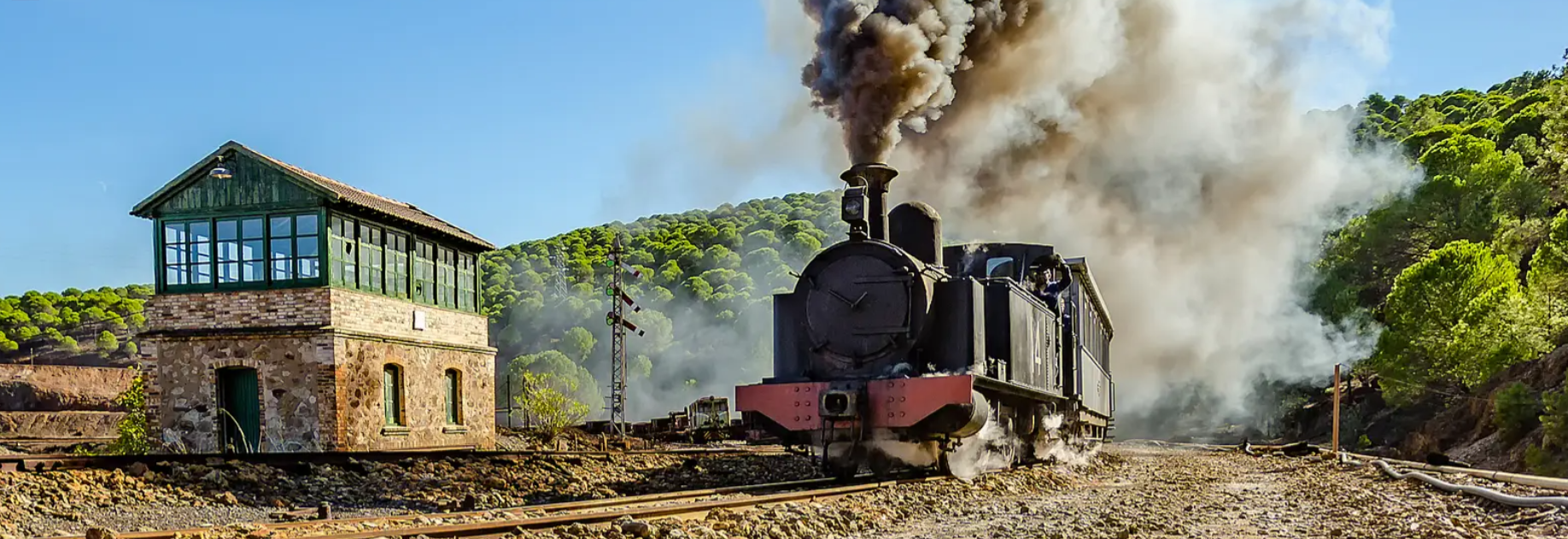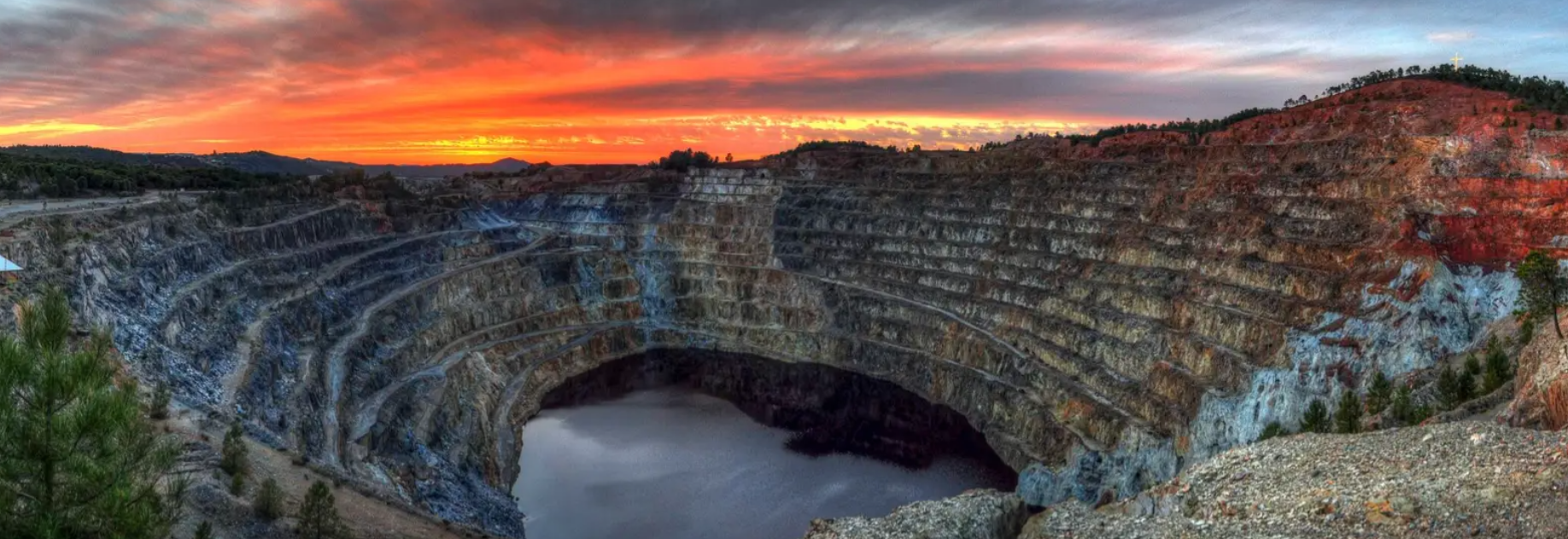
Nestled in the heart of Spain's Huelva province, the Rio Tinto Mining Park stands as an evocative testament to the region's rich mining history. Central to this historical mosaic is the tourist train ride, a heritage railway that offers visitors a unique opportunity to traverse the scenic landscapes and delve into the mining lore that has shaped the area for centuries.
The Rio Tinto Mining Park, a sprawling 4,500-hectare facility, serves as an open-air museum, preserving the legacy of more than 5,000 years of mining activity. Among its myriad attractions, the tourist railway is arguably the most compelling. This century-old railway stretches for 12 kilometres and provides an immersive experience that marries the romance of vintage rail travel with the gritty allure of industrial history.
The Railway's Genesis: From Commercial Lifeline to Tourist Attraction
The origins of the tourist railway are closely intertwined with the development of the Rio Tinto mines. In the late 19th century, the British-owned Rio Tinto Company Limited engineered a network of railways to facilitate the transport of copper ore from the mines to Huelva's port. These railways were vital commercial arteries, ensuring the steady flow of minerals and processing materials.
By the early 21st century, as the mining industry in Rio Tinto dwindled, a concerted effort to preserve and repurpose the railway began. Through the meticulous restoration, the railway was transformed into a tourist railway, offering a fresh lease of life to these storied tracks.
Embarking on a journey aboard the Ferrocarril Turístico Minero is akin to stepping back in time. Visitors board vintage carriages, carefully restored to their former glory. The rhythmic clatter of wheels on rails, the swaying journey, and the occasional whistle transport passengers to a bygone era.
Departing from the historic station at Minas de Rio Tinto, the train meanders through terrains that narrate tales of geological wonder and human endeavour. Copper-coloured earth, reminiscent of Mars’ surface, provides a striking contrast against the greenery that dots the landscape sporadically. As the train chugs along, passengers are treated to panoramic views of the Rio Tinto River’s ochre-hued waters, bearing witness to the natural and industrial forces that have sculpted this extraordinary landscape.

Highlights Along the Route
The railway route is punctuated with noteworthy landmarks that enrich the journey:
-
Corta Atalaya: Once Europe's largest open-pit mine, Corta Atalaya’s vast, terraced expanse offers visitors a staggering perspective on the scale of mining operations. Although no longer active, its sheer size and the scars left upon the landscape evoke a profound sense of industrial achievement.
-
Ernest Lluch Powerplant: Named after the Spanish economist and politician, this decommissioned powerplant stands as a sombre relic of the industrial age, juxtaposed against the tranquillity of the surrounding scenery.
-
Berrocal Alto Mine: A testament to ancient mining practices, Berrocal Alto Mine's ruins illustrate the evolution of extraction techniques through the ages.
Bridging Past and Present
The railway serves not only as a conduit to the past but also as a bridge to the present. Modern interpretative centres along the route provide context and commentary, ensuring visitors appreciate both the historical significance and present-day relevance of the region's mining heritage. The narrative extends beyond industrial exploits to encompass the archaeological and ecological facets of the region, with emphasis on ongoing efforts to rehabilitate and repurpose former mining areas.
The park encapsulates a broader educational mission, using the railway as a didactic tool. Educational programmes tailored for school groups and academic researchers help disseminate knowledge about geology, engineering, and environmental science. Additionally, the railway occasionally hosts cultural events, including historical reenactments and themed excursions, enriching the visitor experience and fostering an appreciation for the region's cultural history.
Visitor Information
The railway operates various routes with differing durations, accommodating both leisurely tours and more in-depth explorations. Ticketing information, operating schedules, and special event announcements are accessible via the "Parque Minero de Rio Tinto’s" official website.
Tips for a Memorable Visit
-
Advance Booking: Given the popularity of the railway, especially during weekends and holidays, it’s prudent to book tickets in advance.
-
Dress Appropriately: The journey entails both indoor and outdoor experiences. Comfortable clothing and sturdy footwear are recommended.
-
Engage with Guides: Knowledgeable guides accompany many tours, offering insights and anecdotes that enrich the journey.
The Rio Tinto Mining Park is more than just a railway; it is a living museum that encapsulates the spirit of an industrious past while embracing the potential of the future. This journey through time offers a poignant reminder of the ingenuity and resilience that underpin humanity’s progress, making it a must-visit for history enthusiasts, industrial heritage aficionados, and curious travellers alike.